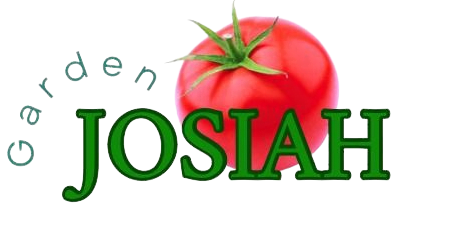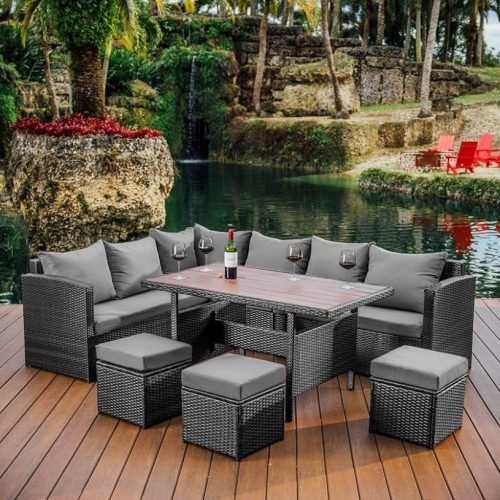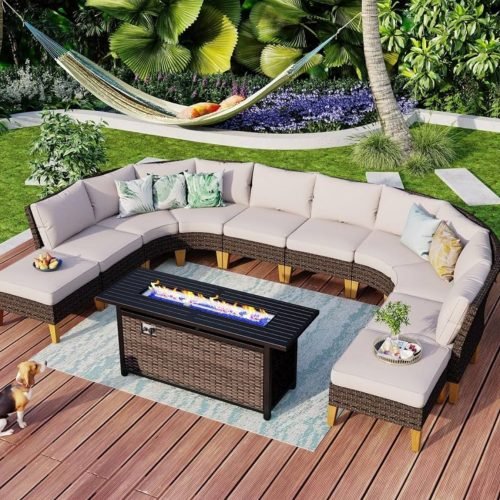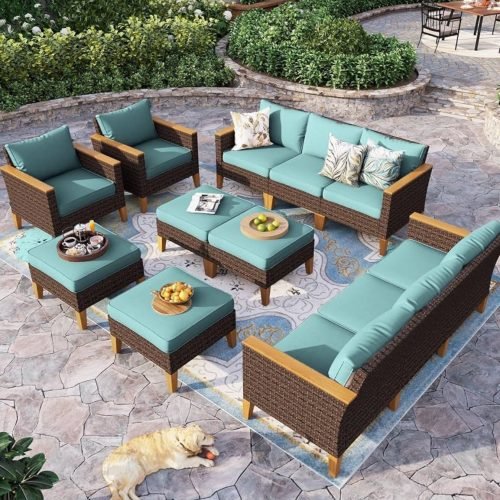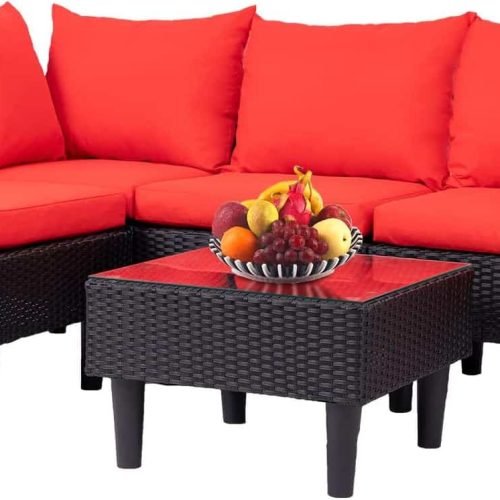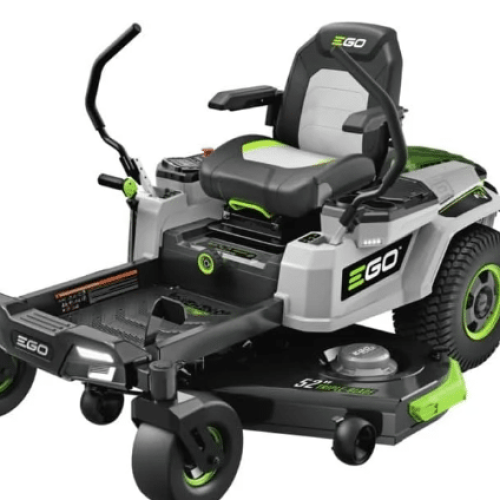What’s up yall? It’s JV Charles. Check this out ! Did you know over 35% of American homes now grow their own veggies. Urban and small-space gardening is on the rise. If you live in an apartment or have little outdoor space, you can still have a super cool garden ! The key is picking the right container, soil, and taking care of your plants well.
Let’s check out how to garden on patios, balconies, and in small spaces. You’ll learn about raised beds, vertical gardens, and edible landscapes. This cool guide is perfect for anyone who wants to grow organic vegetables, even in a small place. You’ll be picking fresh veggies in no time. Trust me! I’m doing it right now!
Introduction to Vegetable Container Gardening
Do you want to grow your own veggies but lack a big garden? Are you new to gardening and feel overwhelmed? Then, vegetable container gardening is perfect for you! It lets you grow fresh produce in a compact space, like a sunny balcony. You can use various types of containers, from pots to raised benches.
Benefits of Growing Vegetables in Containers
Container gardening has many perks over traditional gardening straight into the ground:
- Accessibility: It’s easier for anyone with limited space or mobility to garden.
- Controlled Environment: You have more control over soil, water, and pests.
- Versatility: You can move containers for better sunlight and try more veggies.
With the right gear and veggies, anyone can benefit from vegetable container gardening. It’s great whether you live in a city, an apartment, or a small house. In the next part, we will look at what you need for successful container gardening.
“Vegetable container gardening allows you to grow your own fresh produce, even in the smallest of spaces.”
Choosing the Right Containers
When starting vegetable container gardening, you’ll find many options for planting. Almost anything can be a container if it fits your plant, drains well, and is safe for food. Wooden containers look nice but can rot. Self-watering containers made of durable plastic are great for growing veggies.
Ceramic and terracotta pots can dry out plants because they let water escape more. You can save money by using a 5-gallon plastic bucket. Just drill holes in the bottom for drainage.
Picking the correct size container is vital for your veggies’ health. A good rule is to remember:
- Leaf lettuce, spinach, and radishes need at least two gallons of space and a shallow container.
- Tomatoes, peppers, squash, and cucumbers need five gallons or more and a deeper container.
Getting the right size container is key for successful patio gardening, balcony gardening, and more. Choosing well means your plants will have enough space to grow healthy and fruitful.
Material matters, too. Go for commercial potting mixes because they’re light, full of organic material, and drain well. Always clean containers before reusing to keep your plants safe from diseases.
Think about the size, the material, and the soil for your vegetable container gardening. This way, you’ll have a great harvest, no matter where you plant – on a patio, a raised bed, or in your landscape.
Preparing the Soil for Container Gardens
For Organic Vegetable Growing in small spots, soil quality is key. Do not use soil from your yard for containers. It can pack too tightly and not drain well. Instead, choose a top-notch potting mix made for container gardens.
Raised beds in containers help avoid weeds and diseases. To keep plants healthy, soil should stay moist but not too wet. Good nutrition matters too. Many mix organic fertilizer into the soil before planting. They also feed with fish emulsion or liquid seaweed every few weeks. This keeps plants nourished.
- Tomatoes need soil rich in nitrogen.
- Blueberries like soil that’s slightly acidic with a pH of 4.5-5.5.
- Beets and asparagus do best in a pH 6-8 soil.
- Other veggies, herbs, and fruits prefer slightly acid soil, around pH 6.
For the soil mix, light and well-draining is best. A mix of compost, coconut coir, and perlite works well. It brings in nutrients, holds water, and keeps the soil airy for plants.
“Less than 1% of the world’s perlite supply has been mined.”
If using soil again, check for pests, weed seeds, or roots. Keep it in a closed, dry spot until needed. To refresh containers, blend fresh compost and potting mix with some of the old soil.
Don’t forget container depth matters. Small plants need 6-8 inches of soil. Medium plants require 10-12 inches, while tomatoes and other big plants need 18 inches or more. Setting up soil just right lets you grow great veggies in small areas.
Vegetable Container Gardening: Selecting the Right Vegetables
In Patio Gardening, Balcony Gardening, or Vertical Gardening, picking the right veggies is key for a great Edible Landscaping and Organic Vegetable Growing journey. When you pick vegetables for containers, choose small types. Make sure your area’s weather allows the vegetables enough time to grow big.
Recommended Vegetables for Container Growing
Good veggies for containers are:
- Peas
- Potatoes
- Tomatoes
- Carrots
- Radishes
- Eggplant
- Summer or zucchini squash
- Cucumbers
- Leafy greens
- Peppers
But, large melons, corn, and big pumpkins or squash might not do well in containers. By choosing the best veggies for your container garden, you can make the most of your space. You’ll have a great Organic Vegetable Growing result, even in small spots like the patio or balcony.
“The key to successful container gardening is choosing the right vegetables that thrive in smaller spaces.”
Conclusion
Vegetable container gardening lets us grow fresh food with little outdoor space. We pick the right containers, get the soil ready, and choose the best vegetables. Doing this means a big harvest from our patio, balcony, or deck. It just takes a bit of planning to make a small area into a lively vegetable garden.
Even if you live in a city with just a courtyard or balcony, or have a bigger raised bed, vegetable container gardening works. It lets you grow many edible plants in little spaces. Using organic methods leads to a sustainable and eco-friendly way to make fresh food at home.
In this guide, we learned that to succeed in vegetable container gardening, we must know what each plant needs. We also need to be smart about soil and containers. Being informed and ready helps us get the most out of urban gardening at home.
FAQ
What types of containers can I use for growing vegetables?
You can use many items as planting containers. They need to fit your plant, have good drainage, and be safe for food. This includes wooden containers, self-watering ones, as well as ceramic pots. Even 5-gallon plastic buckets can be good for growing vegetables.
What kind of soil should I use for my vegetable containers?
It’s key to use high-quality potting soil for your veggies. Don’t pick soil from your backyard, as it can get too dense and won’t drain well. The soil should be moist but not too wet for your plants.
What are the key requirements for successful vegetable container gardening?
To succeed at container gardening, pick the right pots, choose top-notch soil, and ensure your plants get enough light, water, and fertilizer. Good drainage prevents overwatering. And feeding your plants helps them grow strong and healthy.
What vegetables grow best in containers?
Many veggies do well in containers, like peas, tomatoes, and carrots. You can also grow radishes, eggplant, and squash. Yet, fruits like melons and corn are tough to grow in pots. Big pumpkins or squash also might not fit.
What are the benefits of growing vegetables in containers?
Growing herbs and veggies in containers lets you garden in small areas, like a sunny balcony. It’s perfect for those with little outdoor room. Container gardens are easy to manage and make gardening doable for more people.
Source Links
- https://www.thespruce.com/vegetable-container-gardening-for-beginners-848161 – Growing Vegetables in Pots Is Easier Than You Think—Follow Our Beginner’s Guide
- https://lovelygreens.com/container-vegetable-gardening/ – Quickstart Guide to Container Vegetable Gardening
- https://www.sowinginsuburbia.com/blog/container-gardening-the-easiest-way-to-expand-your-home-vegetable-garden – Container Gardening: The Easiest Way to Start or Expand a Home Vegetable Garden — Sowing in Suburbia
- https://www.almanac.com/content/container-gardening-vegetables – Vegetable Container Gardening for Beginners
- https://www.pubs.ext.vt.edu/426/426-336/426-336.html – Vegetable Gardening in Containers
- https://aggie-horticulture.tamu.edu/wp-content/uploads/sites/12/2011/03/E-545_vegetable_gardening_containers.pdf – PDF
- https://hort.extension.wisc.edu/articles/growing-vegetables-containers/ – Growing Vegetables in Containers
- https://sproutedgarden.com/vegetable-container-gardening/ – Vegetable Container Gardening for Beginners
- https://healthyfamilyct.cahnr.uconn.edu/2021/05/05/planning-for-a-patio-garden-tips-for-growing-easy-veggies-in-pots/ – Planning for a Patio Garden: Tips for Growing Easy Veggies in Pots | Healthy Family Connecticut
- https://thegreenconspiracy.com/prepare-soil-gardening/ – step by step. – The Green Conspiracy
- https://extension.unh.edu/resource/growing-vegetables-containers-fact-sheet – Growing Vegetables In Containers [fact sheet]
- https://earthbox.com/blog/what-is-the-best-soil-for-container-gardening – What is the Best Soil for Container Gardening – EarthBox
- https://sowinginsuburbia.com/blog/container-gardening-the-easiest-way-to-expand-your-home-vegetable-garden – Container Gardening: The Easiest Way to Start or Expand a Home Vegetable Garden — Sowing in Suburbia
- https://savvygardening.com/crops-in-pots-success-with-vegetable-container-gardening/ – Crops in pots: success with vegetable container gardening
- https://extension.illinois.edu/container-gardens/growing-vegetables-containers – Growing Vegetables in Containers
- https://www.smilinggardener.com/organic-vegetable-gardening/organic-container-gardening/ – Organic Container Gardening – Step By Step Guide
- https://www.hayesgardenworld.co.uk/blogs/news/pros-and-cons-of-container-gardening – Pros and cons of container gardening
- https://extension.unh.edu/blog/2021/02/planning-spring-vegetable-gardens-part-2-container-gardening-malabar-spinach-staking-tomatoes-audio – Planning Spring Vegetable Gardens (part 2), Container Gardening, Malabar Spinach & Staking Tomatoes
